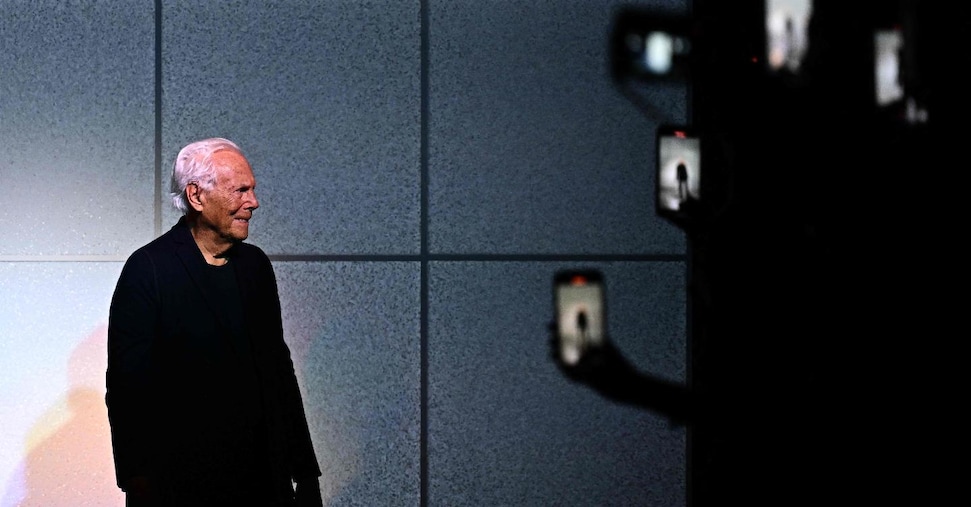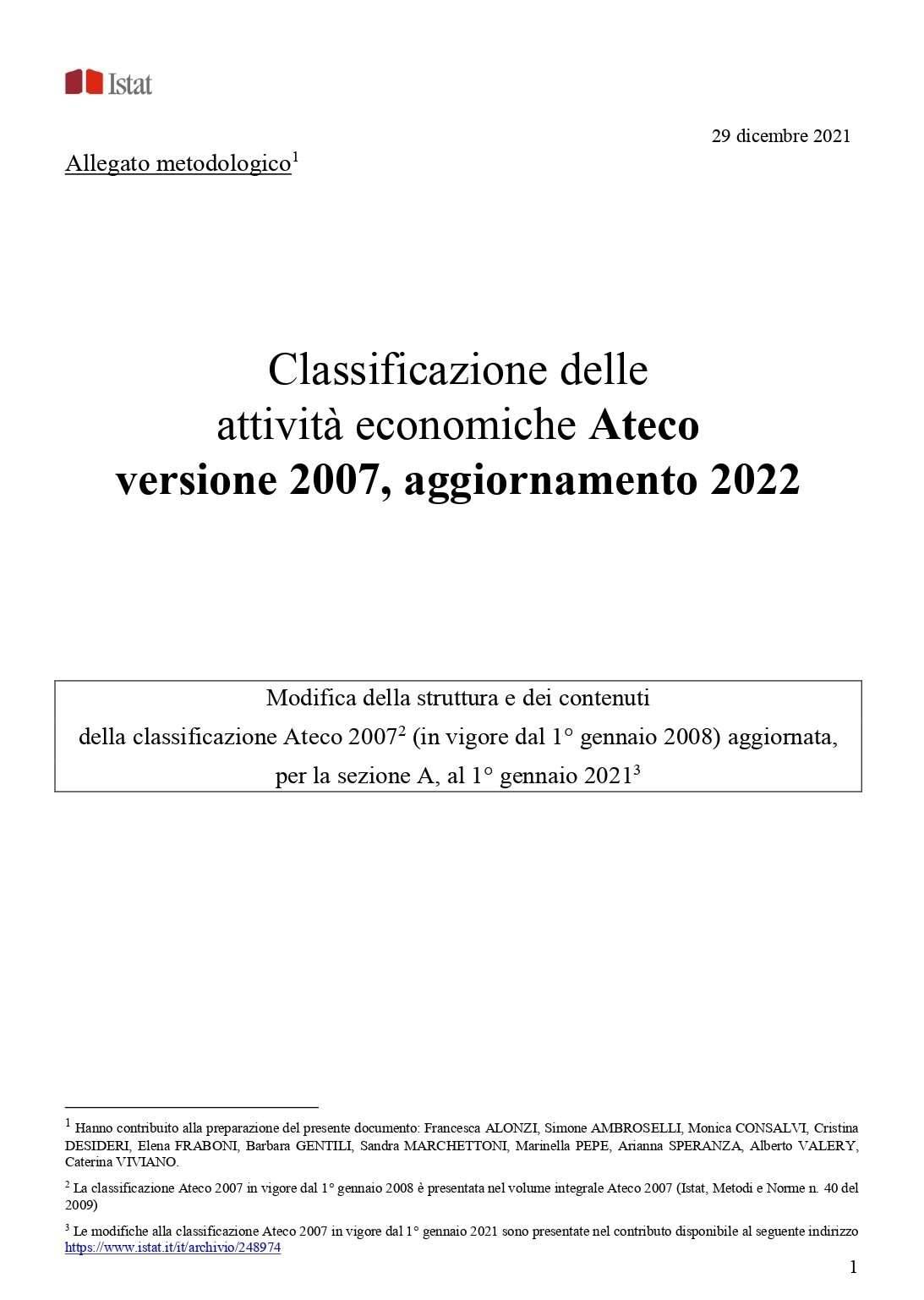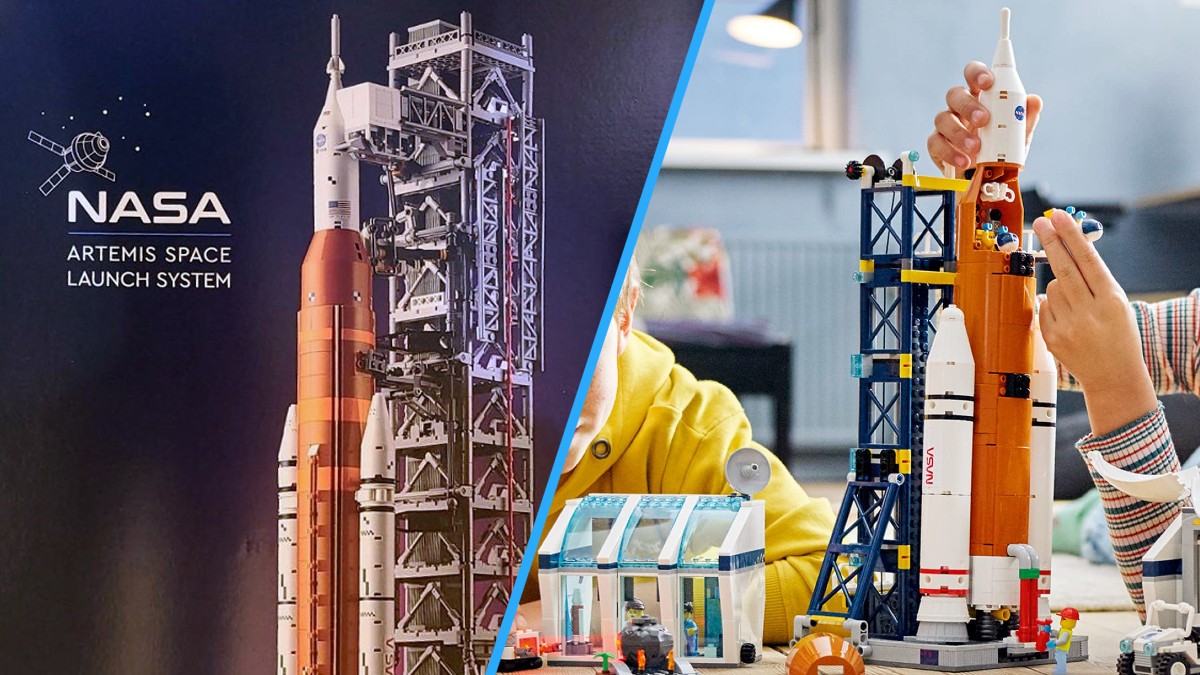On December 31, 2021, NASA Administrator Bill Nelson announced the Biden-Harris administration’s commitment to extending International Space Station (ISS) operations through 2030 and working with our international partners in Europe (European Space Agency, European Space Agency), Japan (JAXA), Japan Aerospace Exploration Agency ), Canada (CSA, CSA) and Russia (Roscosmos State Space Corporation) to allow the ground-breaking research conducted at this single orbiting laboratory to continue for the remainder of this decade.
The International Space Station is a beacon of peaceful international scientific cooperation, and for more than 20 years has brought back tremendous scientific, educational and technological developments for the benefit of mankind. I am pleased that the Biden-Harris administration has committed to continuing to operate the station through 2030,” Nelson said.
“The United States’ continued participation in the International Space Station will enhance innovation and competitiveness, as well as advance the research and technology needed to send the first woman and first people of color to the Moon under NASA’s Artemis program and open the way for sending the first humans to Mars. As more and more of the Countries are active in space, and it is more important than ever that the United States continues to lead the world in the growth of international alliances and in shaping norms and standards for the peaceful and responsible use of space.”
Over the past two decades, the United States has maintained a continuous human presence in orbit around the Earth to test technologies, conduct scientific research, and develop the skills needed to explore farther than ever before. The unique Microgravity Laboratory has hosted more than 3,000 research papers by more than 4,200 researchers around the world and brings back tremendous scientific, educational, and technological advances for the benefit of people on Earth. Nearly 110 countries and regions have participated in activities on board the station, including more than 1,500,000 students annually in STEM activities.
Instruments on board the International Space Station, used in concert with free-flying instruments in other orbits, help us measure drought stress and forest health to enable a better understanding of the interaction between carbon and climate at different time scales. The work of these and other climate-related tools through the end of the decade will greatly increase our understanding of the climate cycle.
The extension of operations to 2030 will continue another productive decade of research progress and enable a smooth transition of LEO capabilities to one or more commercially owned and operated destinations at the end of 2020. The decision to extend NASA operations and recent awards for commercial co-development space stations ensure an ongoing and uninterrupted human presence and capabilities. ; Both are critical aspects of NASA’s International Space Station transition plan.

“Internet trailblazer. Travelaholic. Passionate social media evangelist. Tv advocate.”







More Stories
The LEGO 10341 NASA Artemis Space Launch System isn't the first of its kind
12 out of 20 regions do not guarantee basic levels
Watch the real video of the probe's descent to Titan (more than 1.3 billion kilometers from Earth)